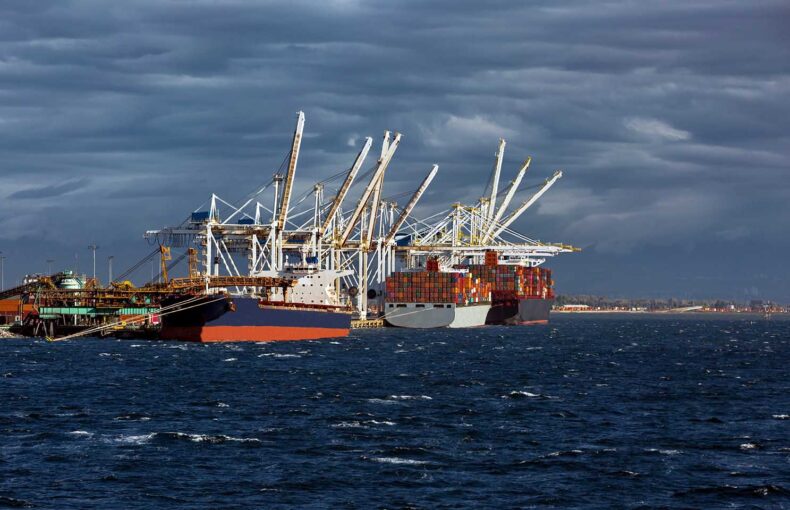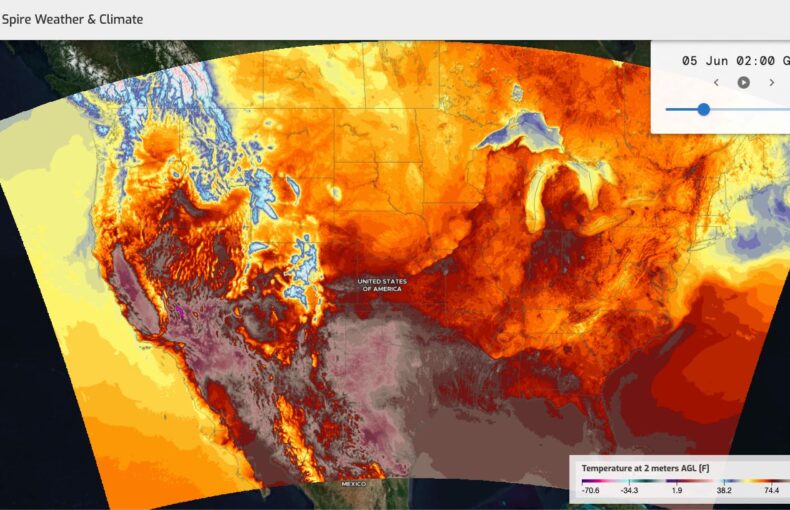How data can help reboot supersonic flight
Advanced aviation location and weather data can help airlines overcome two main challenges of supersonic flight.
Final approach
On October 24, 2003, the Concorde made its last commercial flight. It took off from John F. Kennedy International Airport in New York and landed at London, Heathrow a little over three hours later. As the aircraft slowed to its final stop, supersonic commercial travel became a thing of the past. Since then, travel has been capped at subsonic speeds. But that could change.
Developments in aviation location and weather data can help airline companies overcome two significant barriers to commercial supersonic flight. For a second time in history, the future holds the possibility of faster-than-sound travel between airports.
“The new era of supersonic aircraft is coming. We are one of the new companies in the world that can support them with our weather and our ADS-B tracking services.”
Share on Facebook Share on Twitter Share on LinkedIn
Boom to bust
Humanity entered the supersonic era in 1947 when Chuck Yeager broke through the sound barrier in the rocket-powered Bell X-1 flying over the Mojave Desert. Just thirty years later, supersonic technology moved out of governmental test facilities and into public airliners when the Concorde took off on its maiden commercial voyage.
Unlike Yeager’s rattling flight, taking the Concorde was a glamorous affair. Passengers could leave London after lunch, sip champagne at 60,000 feet while cruising at roughly 1,350 miles per hour, and arrive in New York City in time for dinner.
Despite the luxury and convenience, supersonic flight has been out of reach to the commercial flying public for nearly 20 years. It’s rare for technological progression to halt and reverse, but two practical issues, among others, have kept supersonic transport grounded: cacophonous sonic booms and extreme fuel consumption.
Sonic booms are the thunderous claps that people on the ground hear when an aircraft breaks through the sound barrier. They are loud enough to break glass, as U.S. scientists discovered during test flights over Oklahoma City in the 1960s. These experiments, named Operation Bongo II, generated over 10,000 complaints and led regulators to restrict supersonic flight over land.
Supersonic flights over oceans ran into another problem. Reaching and maintaining Mach speed requires a tremendous amount of fuel. The Concorde burned four times more fuel per passenger than standard commercial airlines. That may have been defensible in the 1970s, but in an environmentally conscious and price-sensitive era, massive fuel costs are difficult to justify.
A tailwind of data
Airlines can start overcoming the issues of supersonic booms and fuel efficiency with the help of advanced aviation location and weather data, as typified by solutions from Spire Aviation.
Today, commercial aircraft carry ADS-B transponders that continuously broadcast location data. Spire’s ground stations and its constellation of nanosatellites, for example, receive tens of millions of position reports a day. This data can help airlines pinpoint the location of planes across the world.
But this was not always the case. In the past, whether or not to equip a commercial aircraft with a satellite communication system was an airline’s prerogative. Planes without the onboard technology made do by checking in at mandatory reporting points, some of which were hundreds if not thousands of miles apart. You can imagine the significant gaps in tracking.
Spire’s constellation of nanosatellites also captures high-resolution, easy-to-use weather data from around the planet. Thanks to radio occultation measurements and a new global weather model, this dataset offers 1,000-foot vertical resolution for flight planning and can help pilots locate optimal winds aloft and patches of clear air turbulence that can cause safety issues to passengers and aircrews.
A combination of the two data solutions can be an asset for any commercial airliner and might prove particularly useful for supersonic transport.
High-resolution weather data that takes into account both location and atmospheric conditions can help pilots plan their flights to remove the threat of sonic booms over populated areas when flying faster than Mach 1, or the speed of sound. With this level of weather insight, supersonic travel over land may once again be possible.
Pilots can also use the data to fly the most fuel-efficient routes, limiting weather-related delays while also using atmospheric conditions to their advantage. Even at supersonic speeds, minor route adjustments can add up to noticeable fuel savings. That means lower costs for airlines and less pollution.
On the horizon
These data solutions are part of a suite of technological developments that could help bring supersonic travel back to our skies. So if you missed your chance to fly the Concorde, do not lament, you may be able to hop on a three-and-a-half-hour transatlantic flight soon.
“I think the new era of supersonic aircraft is coming,” said William Fernandez, vice president of Spire Aviation Business Development, “and I believe that we are one of the new companies in the world that can support them with our weather services and our ADS-B tracking services.”
 Written by
Written by


